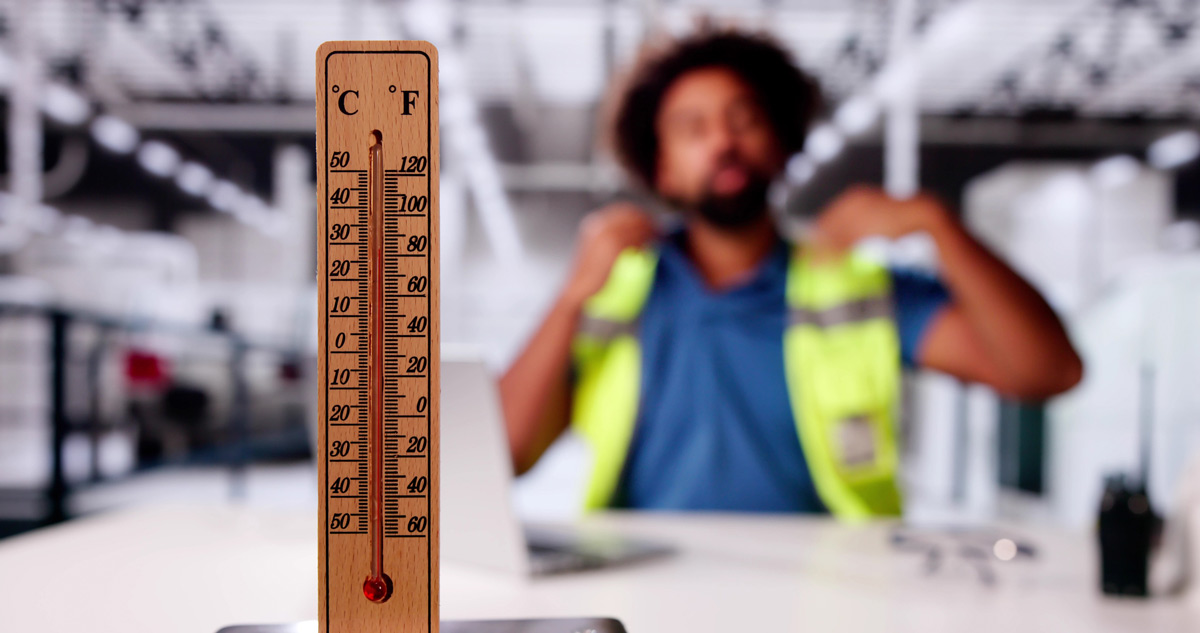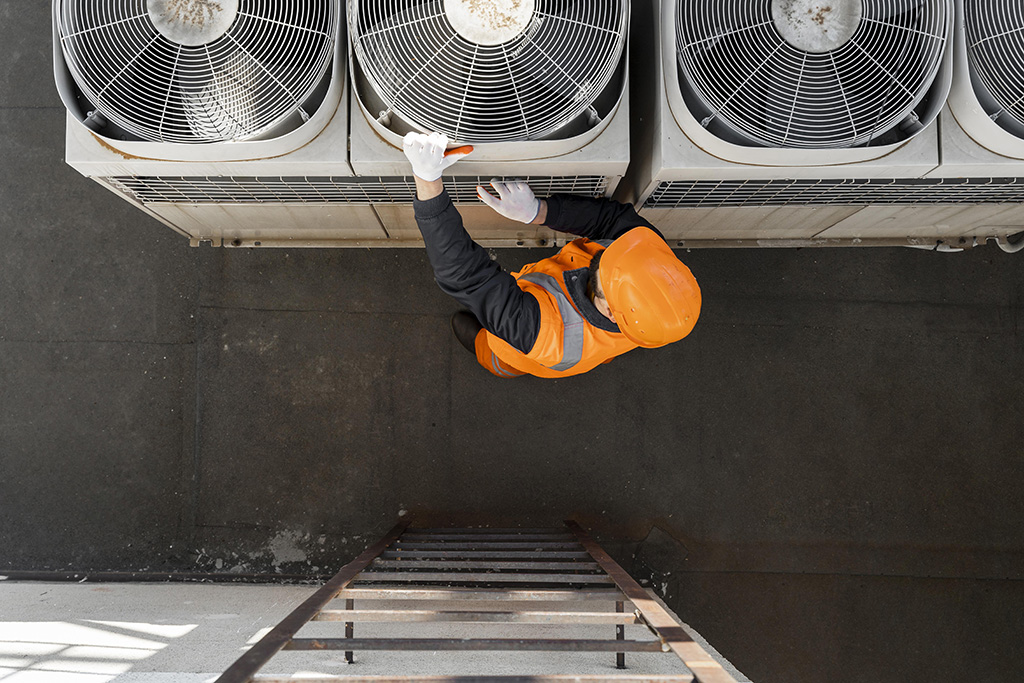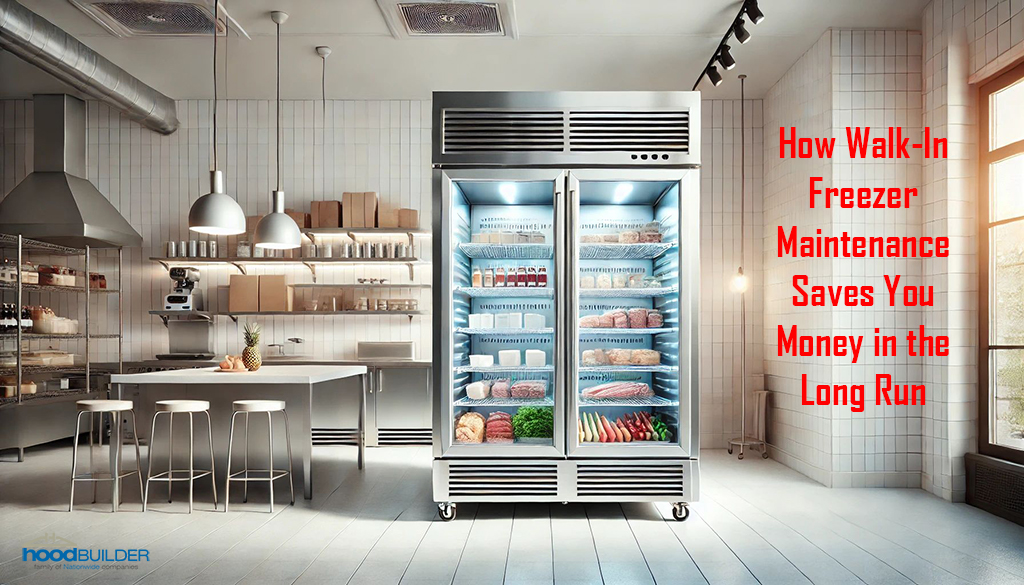What is a grease trap and how does it work?
A grease trap is a plumbing fixture that is designed to trap/ Intercept fats, oils and grease prior to them entering into a wastewater system. The Environmental Protection Agency’s report to Congress in 2004 stated that the most common cause for sewer overflows is grease coming from residential, commercial and restaurant wastewater. Controlling fat, oil and grease discharges significantly helps reduce blockages and clogging of the waste water/ sewage system. The grease trap design is one of the most effective ways to control fats, oils, and grease. Wastewater leaving the kitchen enters into the grease trap. Fats oils and grease are lighter than water, therefore are separated and float to the top of the trap/ interceptor. Solid waste that enters the trap will sink to the bottom. By trapping grease into the device it allows wastewater to continue into the sewage system preventing grease build up and clogs in sewage pipes.
How much does it cost to put in a grease trap?
Grease trap prices vary due to size and the kind you choose. Residential grease traps will cost several hundred dollars plus installation. Commercial gravity grease traps will be several thousand.
What is a grease trap in a home?
A residential grease trap looks like a box that is attached to the drain pipe under your sink. It uses baffles, a paddle-like attachment and also filters to separate water from grease and debris.
How often do you need to clean a grease trap?
A hydromechanical under-sink grease trap or a grease trap that sits adjacent to a sink or dishwasher– can get by with cleanings every week and up to three months.
A bigger gravity grease trap or interceptor tank located underground needs to be pumped every 90 days.
What is grease trap service?
A grease trap cleaning service basically pumps the oil/ grease and debris from the holding tank and disposes of this residue, leaving your facility or restaurant grease trap ready to continue its job most efficiently. Without regular and professional grease trap service, you will be facing much bigger problems down the road. Fixing grease trap parts or replacing piping will cost thousands, not hundreds of dollars, unlike regular pumping services.
Types of grease trap
There are two main grease trap designs. The first is the smaller hydromechanical system that uses baffles and filters to force sediment, oil, and water apart. This is what you typically see in a residential or small kitchen.
The other kind is a passive gravity grease trap or interceptor. It is bigger and usually underground or outside the home/facility that uses it. It has a bigger tank where water flows in, then gravity allows sediment to settle, oil floats to the top, and water flows out.
Why do I need a grease trap?
When oil, food, and especially animal fat that solidifies at room temperature– is poured down the drain, it presents a risk to one’s plumbing system. This is because it sticks to the inside of the pipes, forming a sticky surface that attracts solid particles.
Over time, this mass becomes calcified and solid, obstructing normal water flow and causing backups. The pipes themselves corrode much faster when this happens. To avoid smelly, annoying backups that often attract pests like roaches, and to prolong the life of your pipes, grease traps are absolutely necessary.
Grease trap efficiency
Grease trap efficiency depends heavily on whether the device is the right size for your needs and whether it is cleaned often enough. First, a grease trap for a restaurant needs to be bigger than a residential grease trap. Restaurants, hospitals, and schools typically require commercial grease traps or interceptors.
Grease trap design allows some grease and particles to escape and was never meant to catch all FOG (food, oil, grease). However, if you are running a big kitchen, the amount of oil and solid residue escaping into your pipes may be too large, causing your grease trap to become full too soon and thereafter, permitting most of the FOG right through to your pipeline.
Even if your grease trap is properly sized for your establishment but it is not routinely cleaned, the same inefficiency will occur.
What size is right for you?
To determine the size of grease trap you need, there is a formula plumbers use:
- Determine the capacity of the sink (length x depth x width)
- Once you know the volume of the sink in cubic inches, convert it to gallons of water per minute that need to drain from the sink.
- Adjust that number by accounting for water displacement. Now, you have the flow rate in gallons per minute (GPM). Grease traps and interceptor sizes are all based on the GPM metric, so now you can find the corresponding unit.
The calculations are slightly different for multiple compartment sinks and your grease trap will be bigger if you are hooking up the dishwasher along with the sink.
If you are in Denver area and require commercial or residential grease trap cleaning, please call Hoodbuilder at 303-777-7720.
We’ve got you covered. Hood Builder is a leading distribution, fabrication, and installation company for food facilities of any size. We have offices and plants across the United States that are ready to tend to your needs.
If you intend on receiving quotes from other installers in the industry, please be sure to compare the items included in the package in addition to price and reputation. Our objective is to always be your obvious choice. Please fill out the form below and and we will prepare a quote.
For a Full and Fast price Quote, Contact Hood Builder today at 303-777-7720.




